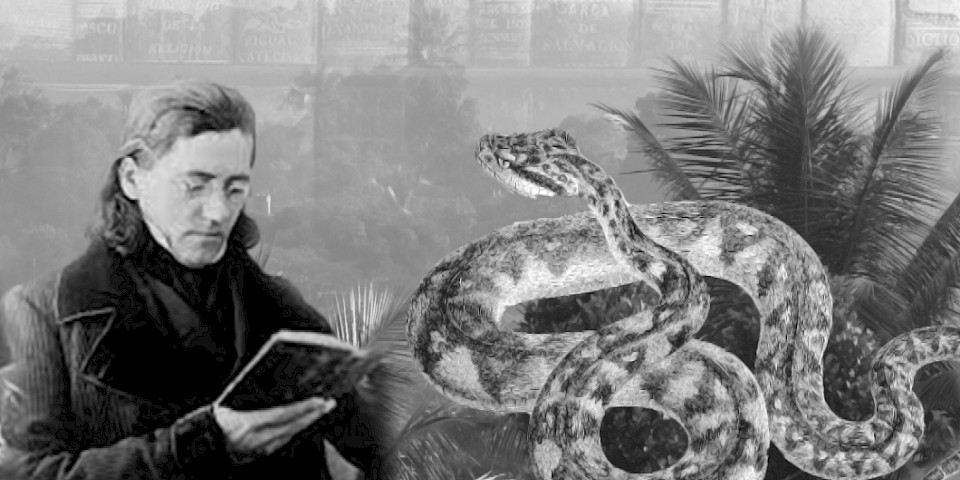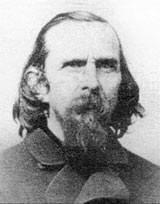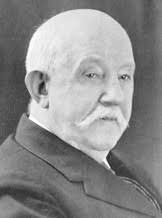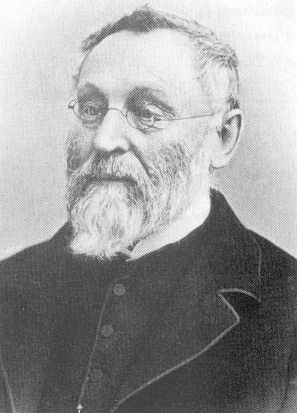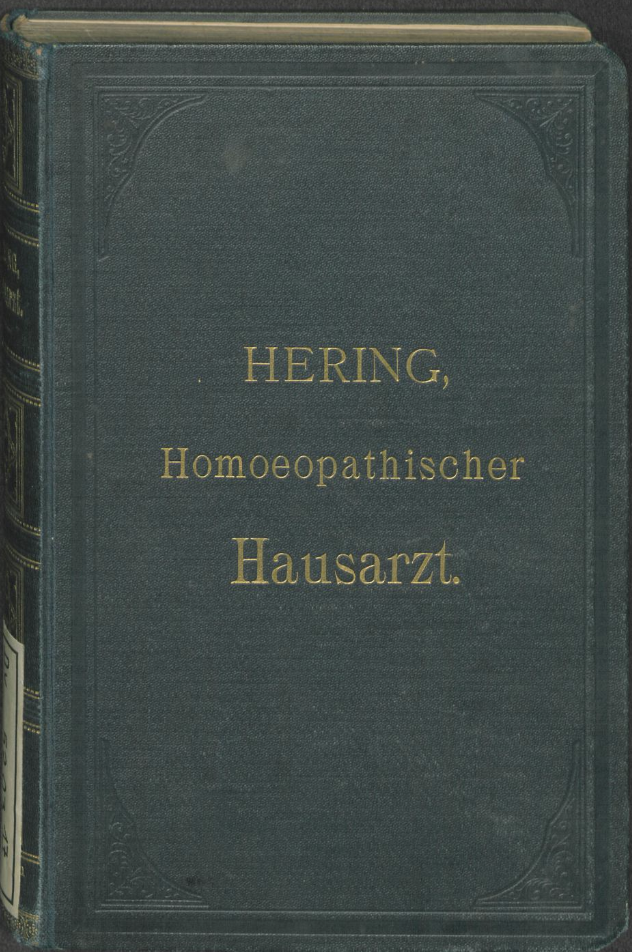„I owed to it far more than the preservation of a finger. To Hahnemann who had saved my finger, I gave my whole hand, and to the promulgation of his teachings, not only my hand, but the entire man, body and soul.“
Constantin Hering (after Raue, 1880)
The foundation bears the name of the German physician Constantin Hering, who decisively promoted the development of scientific thinking in homeopathy in the mid-19th century and is considered the founding father of North American homeopathy.
From "Saul to Paul" - the role model for the Constantin Hering Foundation
An impressively critical spirit, Hering was commissioned by his university professor, while still a student, to write a book on the "heresy of homeopathy" in order to "ridicule it and drive it out of the country". However, the closer study and critical examination of the subject fascinated him. A personal experience of the healing reaction, during a wound infection of his finger that was worthy of amputation at that time, finally convinced him. He decided wholeheartedly to research, practice and teach homeopathy. All the obstacles that were subsequently placed in his path, from the loss of his reputation and his scholarship to the complication of his final examination, could not change the conviction he had thus gained. He passed his medical studies despite all hurdles and dedicated his life to homeopathy. This critical and yet convinced attitude for homeopathy, as well as his tireless systematic research, let him become the identity-forming guiding principle of the Constantin Hering Foundation for Homeopathic Medicine.
The outstanding achievements of Constantin Hering
Constantin Hering expanded the systematic drug research of homeopathy by means of 104 self-conducted drug studies. Through this compilation and evaluation of healing reports, he verified the effects of homeopathic medicines in detail and published these findings. The analysis of disease courses under homeopathic medication also led to the further development of new treatment and course parameters. His work also led to the establishment of education and training with modern teaching methods for homeopathy in North America.
